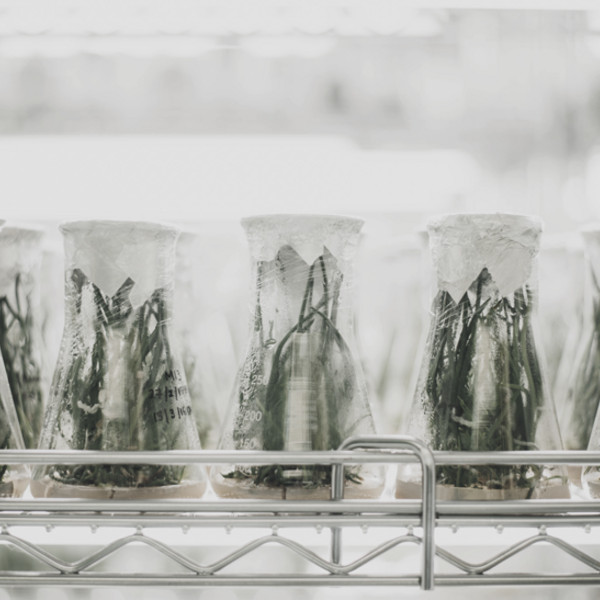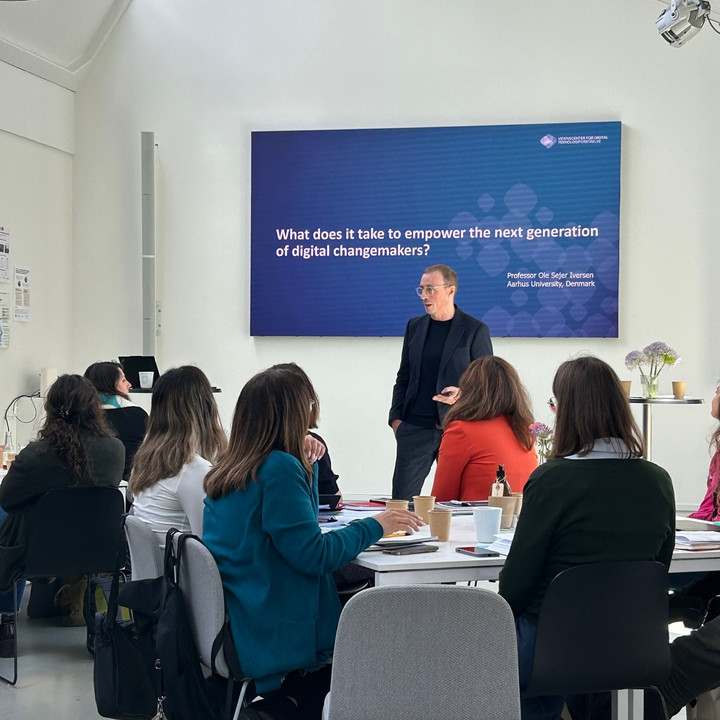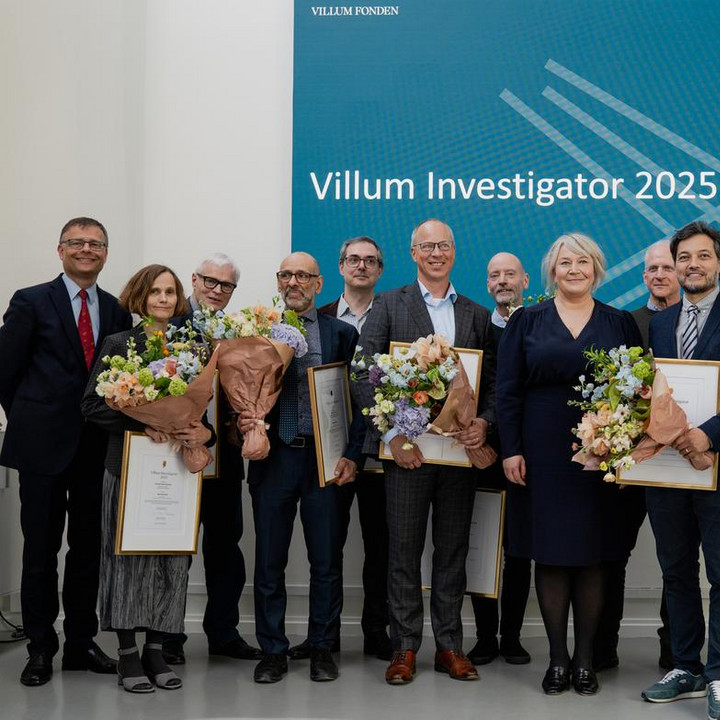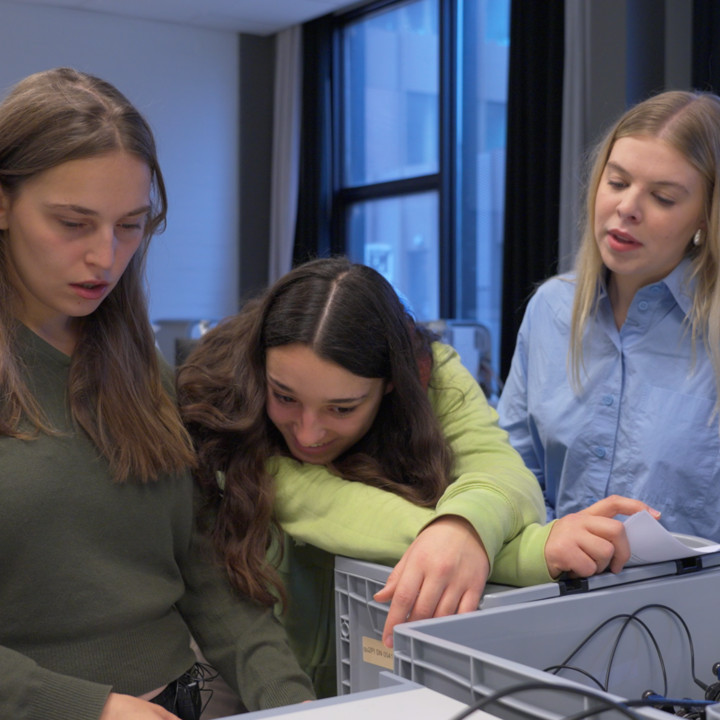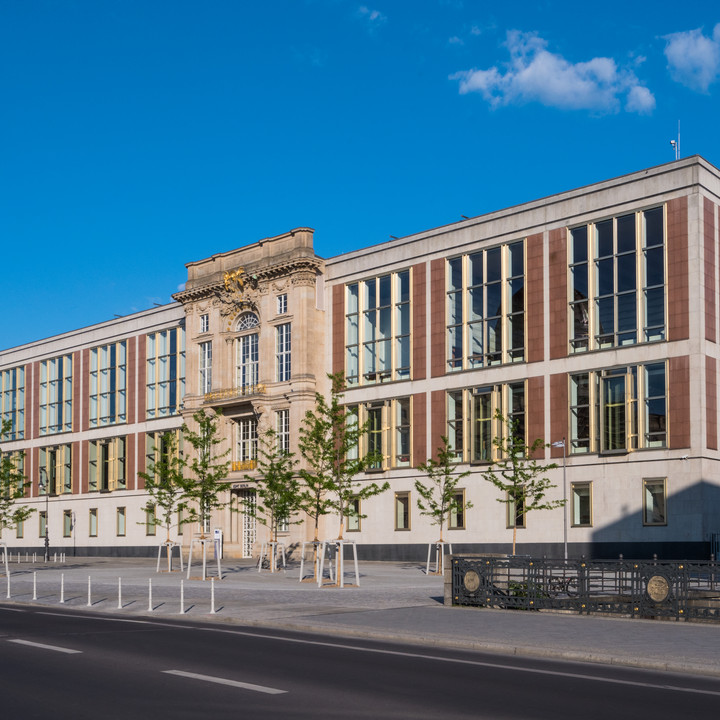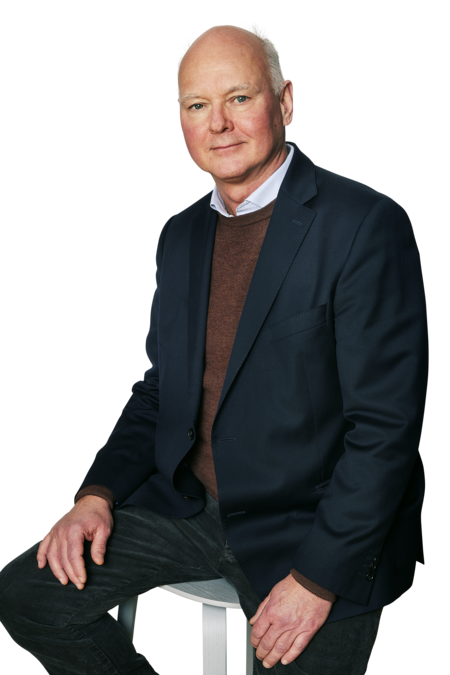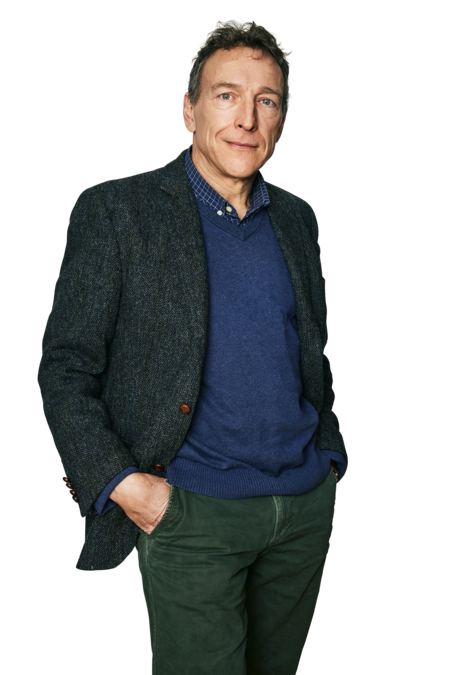Villum Experiment: 52 bold research ideas
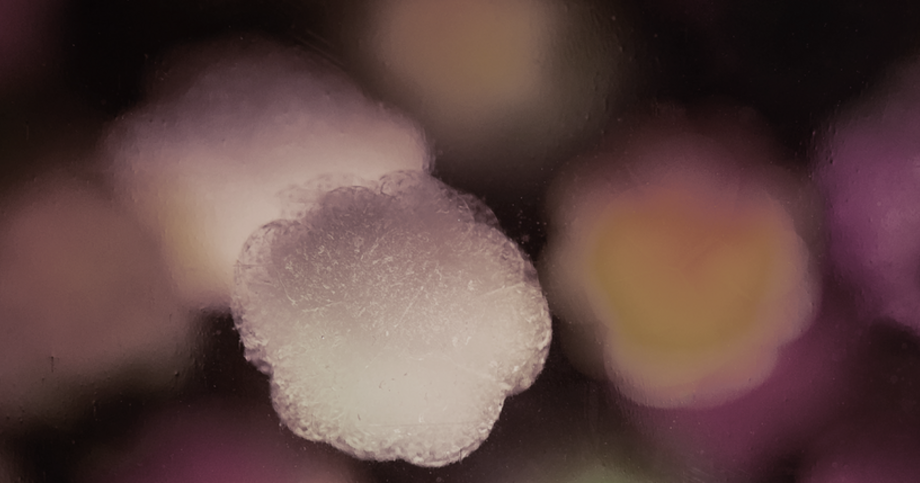
VILLUM FONDEN awards DKK 98.5 million in grants to 52 bold research projects within the technical and natural sciences.
For the third year running, VILLUM FONDEN has selected innovative research projects to receive funding as part of the Villum Experiment programme.
The programme, according to science director Thomas Bjørnholm, seeks to reward scientists who question conventional thinking.
“The bold idea that you might not dare to mention aloud may challenge acclaimed research even though it doesn’t fit into the conventional peer-review funding system,” Bjørnholm says.
The 52 grant recipients were chosen from amongst 400 applicants, ranging in position from postdoc to full professor.
Applicants are affiliated with the Technical University of Denmark, the University of Copenhagen, Aarhus University, the University of Southern Denmark and Aalborg University and hail from 16 different countries.
Read more about the projects by following the link at the end of this article.
Villum Experiment funds exceptional science and technology research projects that challenge norms and have the potential to fundamentally alter our approach to important topics in science and technology.
Batteries from rust, bubbles in ice
One of the projects, proposed by Wolff-Ragnar Kieback, of the Technical University of Denmark, will look into whether common materials, such as rust and seawater, can be used to store energy from renewable sources. The research could lead to the development of new types of batteries that can store large quantities of energy generated by solar panels or wind turbines.
Another project, proposed by Rikke Louise Meyer, of Aarhus University, will test the hypothesis that DNA can store peptides and other small molecules. The research could shed light on how microbial communities behave, while also suggesting new ways to exploit DNA’s myriad functions.
A third, proposed by Anders Svensson, of the University of Copenhagen, involves listening to bubbles in Greenland’s ice cap. The sound the bubbles make when broken gives an indication of how much air is trapped in the ice, itself an indicator of the altitude at which the ice was formed. The results of the project may make it possible to measure changes in the height of the ice cap during the past 10,000 years and, in so doing, give us a better understanding of how Greenland’s climate has changed.
DKK 98.5 million for 52 bold ideas
Mads Koustrup Jørgensen, Assistant Professor, Non-biological wastewater treatment with thermocatalytic membrane for simultaneous filtration and pollutant degradation, DKK 2 million
Ada Pastor, Researcher, Nitrogen in rocks: an overlooked nutrient source in Arctic aquatic ecosystems, DKK 2 million
Chengfang Pang, Postdoc, Shaping Nanoparticle-Microbial Interactions to Modify the Mechanisms of Antimicrobial Resistance (NanoShapMicro), DKK 2 million
Magnus Kjærgaard, Assistant Professor, Self-assembled protein droplets as reaction platforms for biotechnology, DKK 2 million
Maximilian Stritzinger, Associate Professor, lektor, Cosmography of Laniakea: Type Ia supernovae, Peculiar Velocities & Dark Matter, DKK 2 million
Nicola Lanata, Assistant Professor, Simulating strongly correlated materials by combining quantum theory with machine learning, DKK 2 million
Rikke Louise Meyer, Associate Professor, The secret life of DNA, DKK 2 million
Victoria Antoci, Dr., Exploring the interplay between hot stars and exoplanets - A new spectrograph prototype for a unique nano-sat mission, DKK 2 million
Yonghui Zeng, Research Fellow, Link Phototrophy and Methanotrophy in Glacial Bacteria, DKK 2 million
Astri Bjørnetun Haugen, PhD, The microplatelet machine, DKK 2 million
Bingdong Chang, PhD, Adding extra dimensions to dielectric nanostructures – revolutionary building blocks for nanophotonics, DKK 1.8 million
Carlos León Sobrino, Dr., CRISPR-cas mediated silencing as an intelligent and iterative screening tool for bacterial engineering., DKK 1.7 million
Christian Pedersen, Professor, Mid-infrared, hyperspectral, super resolution microscope, DKK 2 million
Emil Damgaard Jensen, Postdoc, FusTech: Cell-cell fusion technology between eukaryotic kingdoms, DKK 2 million
Gregor Fischer, Associate professor, Automated, digitally controlled installation of reinforcement in 3-D printed concrete structures, DKK 2 million
Hitesh Kumar Sahoo, Researcher, Handshaking of light and sound: enabling on-chip silicon light source and optical amplifier, DKK 2 million
Juanita Bocquel, Postdoc, Quantum Sensing of a Biological Compass, DKK 1.9 million
Kim Lau Nielsen, Associate Professor, Micron-scale Crashworthiness (MicronCrash), DKK 2 million
Kristian Mølhave, Associate Professor, A Microscopic View on Aerosols and Climate Change, DKK 2 million
Kristoffer Haldrup, Senior Researcher, Phonon Photography, DKK 1.9 million
Manuel Pinelo,Associate Professor , Creating multiple microenvironments within the same reactor setup for sequential enzymatic reactions at industrial level, DKK 1.2 million
Murat Nulati Yesibolati, Postdoc, Watch a Brownian dance at the nanoscale: live-imaging and quantification of complex nanostructure motion in 3D, DKK 1.9 million
Nicolas Stenger, Associate Professor, phd, A single-photon emitter at mid-infrared frequencies, DKK 1.9 million
Nini Pryds, Professor, Epitaxial oxide heterostructures: New design of Energy-Efficient spintronic Devices (NEED), DKK 2 million
Piotr de Silva, Assistant Professor, Combining machine learning and human understanding for accelerated discovery of molecular materials, DKK 2 million
Thomas Olsen, PhD, Farming functionality: "Sowing two-dimensonal metals in ferroelectrics", DKK 1.7 million
Timothy Booth, Associate Professor, IonGate - Bio-inspired synthetic active transport membranes based on van der Waals heterostructures, DKK 2 million
Wolff-Ragnar Kiebach, Senior Researcher, Can you build a battery from rust?, DKK 2 million
Xiaodan Zhang, Senior Researcher, Explore the strength limit of metals, DKK 2 million
Yubin Zhang, Senior Researcher, Bringing synchrotron micro-diffraction to the laboratory, DKK 1.9 million
Anders Svensson, Associate Professor, The whisper of ancient air bubbles in polar ice, DKK 1.9 million
Aslak Grinsted, Associate Professor, Noble gases and Earths energy budget, DKK 2 million
Dmitri Mitcov, PhD, Spatial organization of chiral spins towards optically and electrically addressable qubits, DKK 2 million
Hans Thordal-Christensen, Professor, Two-to-tango – Durable plant disease resistance will require two mutations, DKK 2 million
Jonas Stenløkke Madsen, Assistant Professor (tenure track) BioRep-HGT: Bio-reporting horizontal gene transfer. An experimental tool that eliminates selection-dependency, DKK 1.7 million
Karsten Kristiansen, Professor, The origin of the vertebrate brain, DKK 2 million
Kasper Elgetti Brodersen, PhD Solving the Carbon Paradox in Marine Plants, DKK 2 million
Kristine Bohmann, Assistant Professor, DNAir - DNA in air for biodiversity monitoring, DKK 2 million
Lars Båstrup-Spohr, Assistant Professor, Plain of Jars – the world’s oldest man-made biological experiment, DKK 1.9 million
Martin Willemoës, Associate Professor, PCOG-Precursors for inserting complex O-linked glycans into synthetic glycopetides, DKK 1.6 million
Martin Wolfram, PhD., Autoproteolytic Amyloid: Implications for new avenues in disease intervention, DKK 1.5 million
Michael Broberg Palmgren, Professor, Why do plants lack sodium pumps - and would they benefit from having one?, DKK 2 million
Namiko Mitarai, Associate Professor, Bacteria approaching zero growth: Continuous or Discontinuous Phase Transition?, DKK 2 million
Per Amstrup Pedersen, Associate Professor, Tailoring yeast for human membrane protein structural biology; humanizing yeast membrane lipid composition, DKK 1.7 million
Sotirios Kampranis, Associate Professor, ANIMAL-FREE ANTIBODIES - Reshaping biological research by recapitulating antibody generation in yeast (AFab), DKK 2 million
Thomas Friborg, Associate Professor, Drone borne LiDAR and Artificial Intelligence for assessing carbon storage (MapCLand), DKK 1.9 million
Tom Dela Haije, Researcher, Unraveling the Stochastic Geometry of the Human Brain, DKK 1.6 million
Urvish Trivedi, PhD, Surveillance of microbial small talk using Trojan horses, DKK 1.8 million
Chenguang Lou, Assistant Professor, Direct in vitro selection of L-DNA aptamers, DKK 2 million
Sebastian Hofferberth, Associate Professor, Darkness Illuminated - Dark Matter forces from light-atom experiments, DKK 2 million
Veit Schwämmle, Associate Professor, Artificial Intelligence to revolutionize Protein Mass Spectrometry, DKK 1.7 million
Warren Francis, Dr., The bacterium Gemmata obscuriglobus disguised as an early eukaryote, DKK 1.4 million
Search among grants
About Villum Experiment
Villum Experiment funds exceptional research projects in the technical and natural sciences that challenge norms and have the potential to fundamentally alter our approach to key questions.
The applicants are anonymous to the international panel of peer reviewers, which allows them to focus on the research proposal alone and give researchers freedom of scope in relation to their current academic standing.
This programme is advertised annually in an open competitive call for proposals. The grant is worth up to DKK 2 million and is for up to two years.
Anonymous applicants
In keeping with the spirit of the programme, Villum Experiment takes a different approach than other funding mechanisms when selecting grant recipients.
Applications are submitted anonymously and the proposed research is assessed by an international panel of 20 external experts without taking the applicants’ professional or academic qualifications into account.
“You need to make room for radical and bold research, as well as an alternative to peer-review when selecting who gets funding. We can use the anonymous selection process to help make sure the wild and offbeat ideas get tested,” Bjørnholm says.
“It takes a healthy dose of self-confidence to try something that goes against the standard way of assessing which projects – and which scientists – get funded and instead fund the projects that challenge the norm, but which may turn out to be the best idea. Some of the projects are bound not to lead anywhere, but it only takes one wild idea to change the world.”
Experimental programme
VILLUM FONDEN will continue to provide funding through the Villum Experiment programme for the foreseeable future. At the same time, it will be keeping a close eye on its outcomes.
A survey of grant recipients, according to Bjørnholm, indicates that being allowed to apply anonymously meant their ideas were considered seriously, and that without the grants they would never have been able to test them.
VILLUM FONDEN recently began a research project to evaluate the results of the anonymous application process. The project is currently in the data-collection phase. The final report is expected in 2024.
“It will take several years for us to know for sure whether the anonymity afforded by the programme actually does make more room for new ideas. But, because Villum Experiment is different than established programmes it is important for us to begin collecting data now, so we have it and can evaluate it in a few years and find out whether the programme lives up to its goal of giving unorthodox ideas the chance to become reality.”
Applying for a Villum Experiment grant gave Peter Ditlevsen the chance to pursue a project without knowing where it was going to lead.
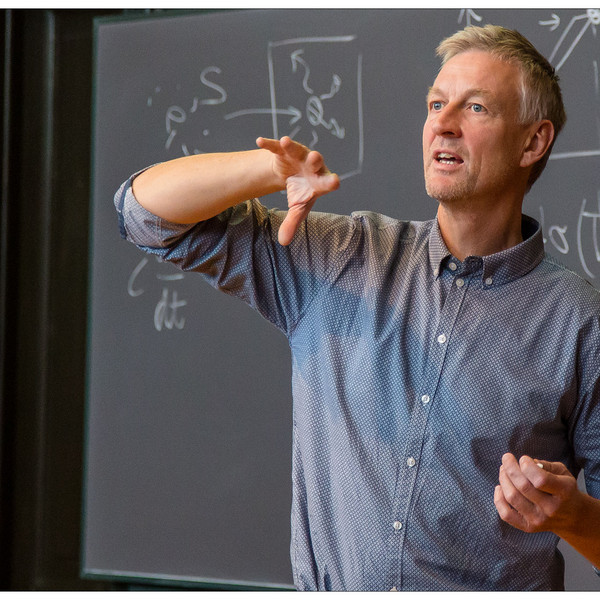
VILLUM FONDEN has the ambition to fund excellent research powered by the ideas that engage the researchers the most.
